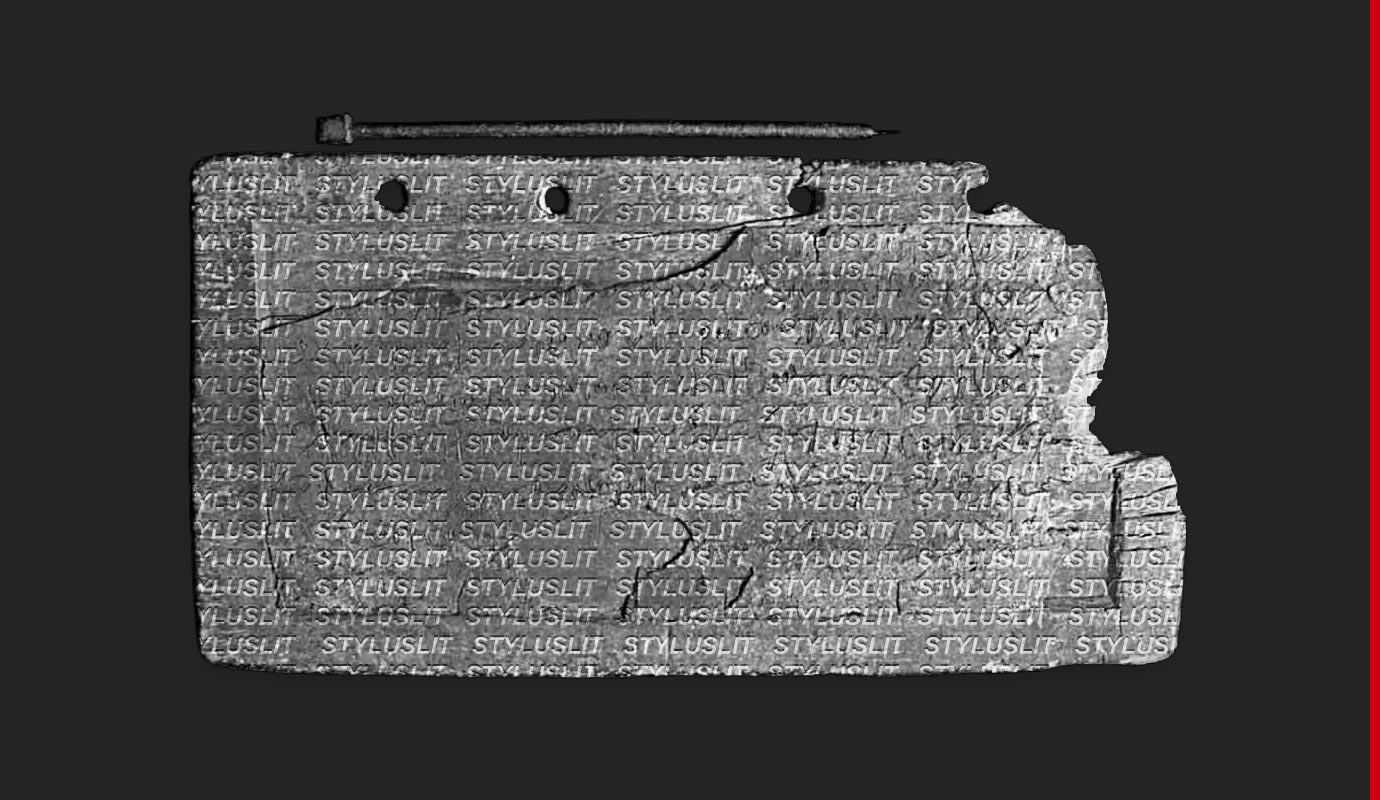Vagabond, 2019
Reviewed by Alison Clifton, StylusLit
L.K. Holt’s fourth full-length collection of poetry, Birth Plan, is impressive. If the reader could somehow dive into a gold mine and swim through the layered seams of potential meaning, then that might come close to describing the rich experience of reading Holt’s poetry. This is challenging writing – most readers will require the Oxford English Dictionary on hand to look up some of the more obscure words used – and Holt makes no effort to cosset or cosy up to the reader. This is true both of her use of a precise and formidably vast vocabulary and of her direct approach to sometimes unsettling themes and content.
As the title suggests, motherhood makes up the weft of this collection, but the figure of the spinster makes up the warp. The figure of the spinster makes a triumphal entrance to this collection in the guise of Mary Anning, the early-nineteenth century British palaeontologist barred from professional recognition due to her gender. Her story is retold in “Preservation” (59): a pun on the uncannily well-preserved specimens of dinosaurs and pterosaurs that she uncovered in the cliffs at Lyme Regis and the moment in her life depicted in the poem when she narrowly escaped being buried by a landslide that claimed the life of her beloved terrier. Holt has Anning say, “unfeeling,” the words “May God please accept / my thanks for my preservation” (59). Anning, who also escaped death as a baby when the woman who was holding her was struck by lightning, was to die young of breast cancer. While in “Preservation,” Holt celebrates the figure of the celibate woman as contrapuntal to the figure of the mother, this collection is centred on the female experience of reproduction.
In “She Was Told to Have a Birth Plan” (34-35), the poet tells us of an unnamed woman’s birth plan: “Between each ‘pang’ / when the world’s contracting thus / and the mind obliterated / flits inside just – she would think of some things” (34). The list of seemingly disparate objects and memories she thinks of include this lovely image: “The crisp, clean hole in the dome of the Pantheon, / negatively faithful to the weathers of itself” (34). In the nineteen-hundred years since its construction, the Pantheon has rarely been described so aptly and with such brevity and acuity. Among the things she ponders to distract herself from the pain is this fact that takes on a more chilling tone in the midst of the Covid-19 pandemic: “The genetic bottleneck, Late Middle Stone Age, / when humans dwindled to thousands / and made it through” (34). The human race continues to reproduce, and this collection is often concerned with negotiating the rites of reproduction in what the blurb calls “the late Anthropocene,” anticipating humankind’s demise to be sooner than we might feel comfortable contemplating.
Thus, while there are personal poems here dedicated to Holt’s two sons – “The Morning After My Younger Son’s Party” (62-65) is a delight – she also widens the scope of her poetry to include the history of the Earth. The best poems in this collection are both epochal in scope and intimate in address. In “The Lovers” (60-61), Holt revitalises the old poetic convention that the beloved will live forever by using the metaphor of a fossil to describe the beloved:
you’re a patient shell, elevated
from seafloor to mountain summit at every point belonging,
so if I lose you in one epoch
I will find you eye-level in the next,
until this fresh-gripped mountain’s elevation,
‘now.’ (60)
The repetition of the concepts of “elevation” and “mountain” suggest the sublime feelings of two lovers – there is a strange admixture of joy and melancholy in the contemplation of our short lifespans in the face of the vastness of time.
Holt’s Birth Plan is clever poetry that expects the reader to be erudite and open to exploring human experience. Her preoccupation with birth, motherhood, and preservation – what remains of us – is ultimately uplifting even as the collection bears the pains of labour, episiotomy and relinquishing the infant to a world that becomes an “enemy-teacher” (“The Morning After My Younger Son’s Party” 64). Holt’s work is women’s work: that unassuming labour keeping the whole of human society afloat. Like women’s physical work, Holt’s written work deserves to be recognised, prized, and preserved.
